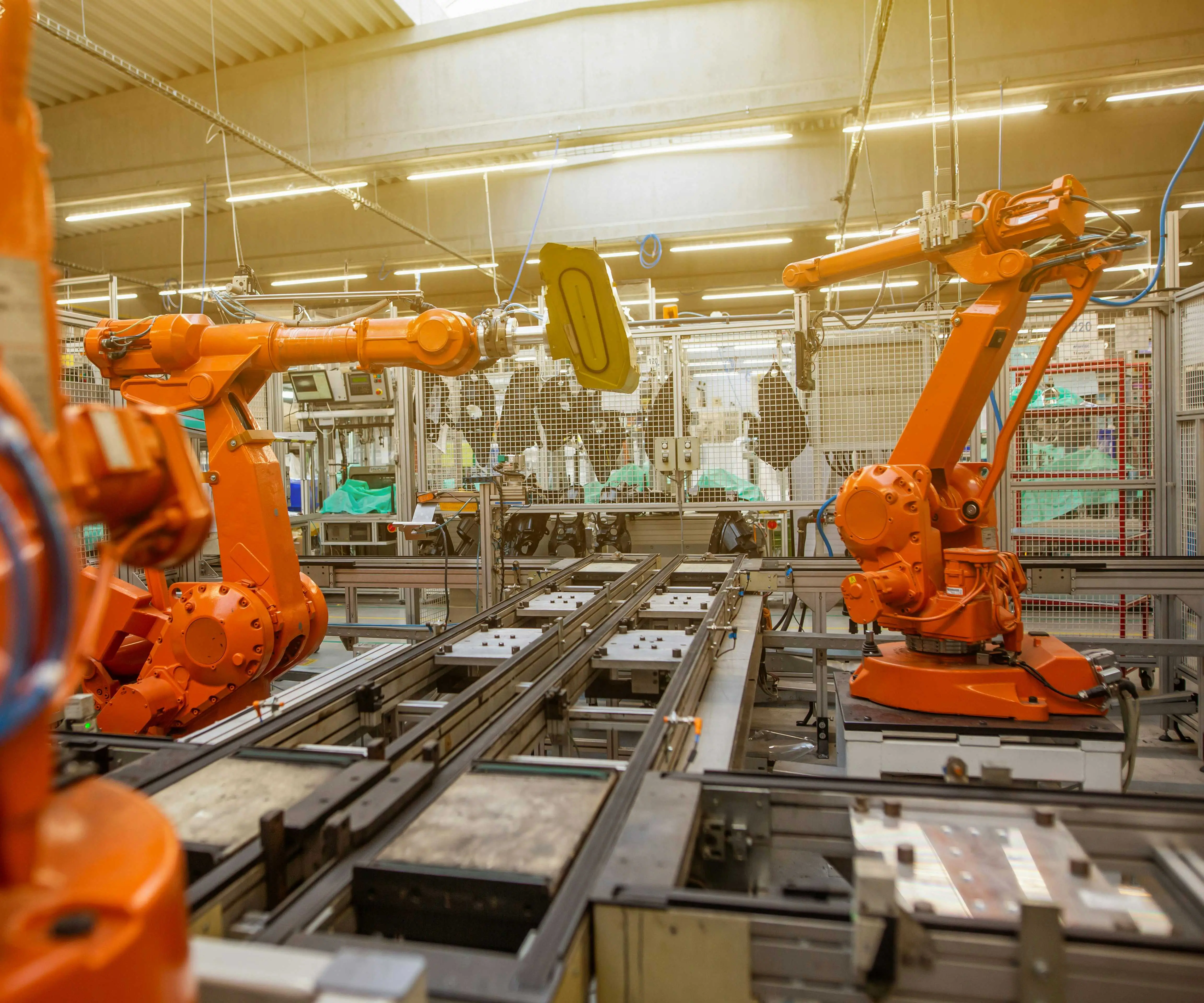Thinking about attaching a micro servo to an Arduino? It sounds simple, but there are some little tricks that make the whole process smoother. Imagine this: you’re excited to bring your project to life, maybe a tiny robotic arm or a blinking camera mount, and that micro servo is the key piece. It's a tiny motor that turns, tilts, and moves with precision—if you connect it right.

First off, the wiring. The micro servo usually has three wires, often colored red, black, and a yellow or white signal wire. Red is positive, black is ground, and the signal wire is usually white or yellow. When you connect it, think about power supply stability—setting up a separate power source for the servo might help avoid flickers or resets caused by the Arduino's limited current supply. Using a dedicated battery pack or a step-down converter ensures the servo gets enough juice without dragging down your microcontroller.
Now, about mounting. Many people overlook the importance of securing the servo firmly. A loose screw or a flimsy mount? Well, it could throw off your angles or cause jittering motion. A sturdy, well-thought-out bracket makes a real difference. When attaching the servo horn, don’t just slap it on—it’s a good idea to tighten it with a bit of thread lock if possible, especially for projects that need steady precision. Precision here isn’t just a word; it’s the difference between a smooth, controlled movement and a jittery mess.
Programming is another piece of the puzzle. You’ll want to use the right library—Servo.h in Arduino IDE makes life a lot easier. But don’t just copy-paste code and hope for the best. Think about your servo’s range. Some micro servos have a limited sweep—say, 90 degrees instead of 180. Testing by gradually increasing the sweep in your code helps you avoid surprises.
So, a quick question: if your servo jitters or doesn’t respond right away, what could be wrong? Well, check your wiring first. Are all the connections solid? Is the ground connection shared? Sometimes, just reversing the signal wire or giving the servo a moment to reset fixes the issue.
And that’s where this whole thing becomes a bit of an art. It’s about patience—trying different mounting angles, adjusting your code’s delay times, or swapping power sources. Every project is unique, and that little micro servo responds differently depending on your setup.
KPOWER’s micro servos are reliable companions here. Their responsive design means a bit of tweaking can unlock very precise movements. Plus, they’re not overly demanding in terms of power, which is a big plus for small projects.
In the end, attaching a micro servo isn’t just following steps; it’s about feeling the small mechanical world in your hands, tweaking it until it moves just right. Whether you’re building a tiny robot or a sensor rack, remember—small details really matter. Proper wiring, firm mounting, and thoughtful programming turn your basic component into something remarkably precise. Keep experimenting, and soon that servo will be your best buddy in turning ideas into reality.
Leveraging innovations in modular drive technology, Kpower integrates high-performance motors, precision reducers, and multi-protocol control systems to provide efficient and customized smart drive system solutions.




































